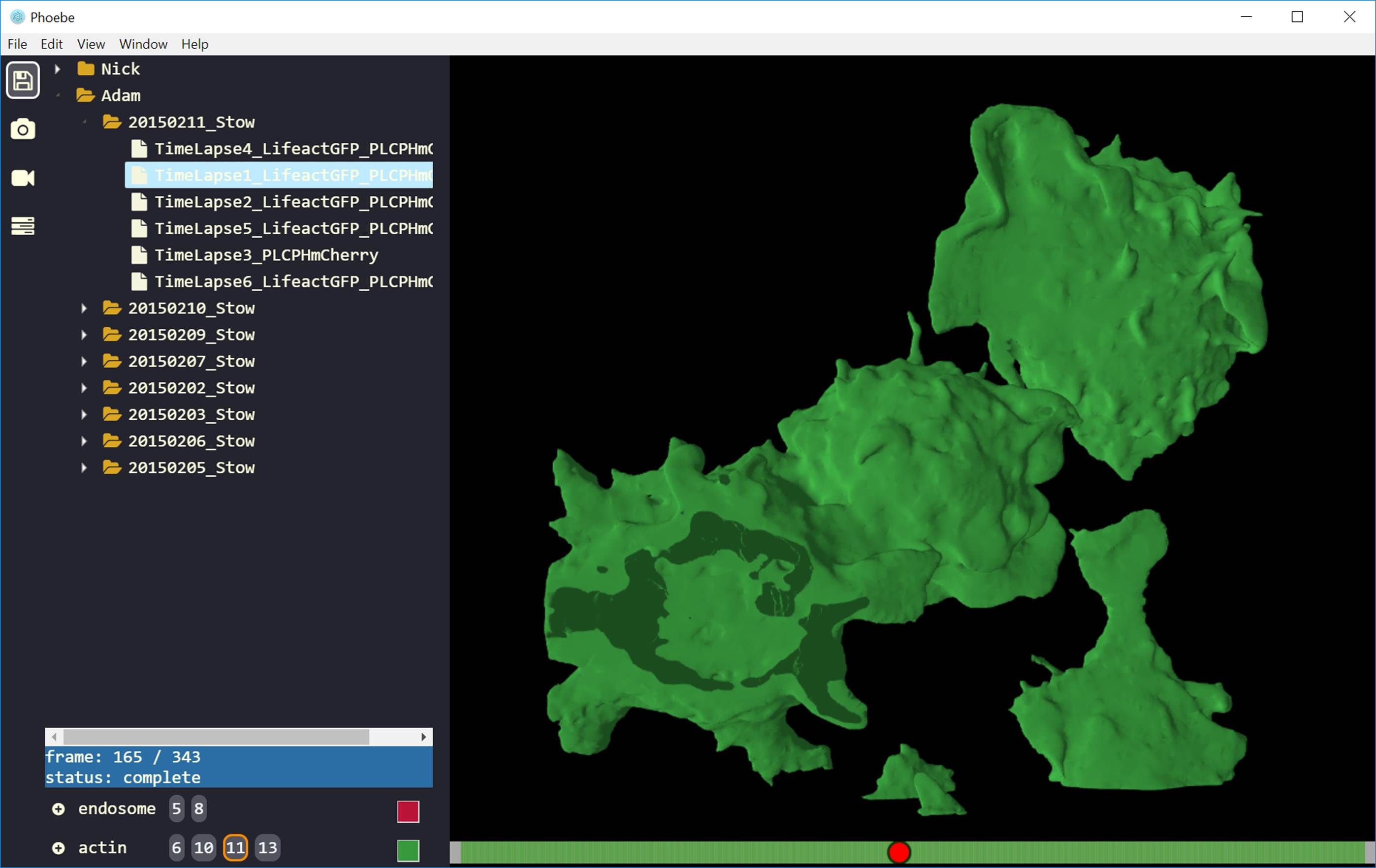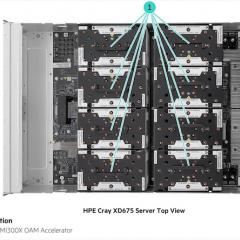
A RCC-developed advanced data visualisation system that allows researchers to analyse large volumes of microscopy data as a 3D interactive movie began operating at UQ this month.
RCC visualisation expert Oliver Cairncross developed the tool, named Phoebe, to help researchers manage large amounts of data generated by UQ’s new world-class Lattice Light Sheet Microscope (LLSM), which was installed at the Institute for Molecular Bioscience (IMB) in September this year.
The LLSM, deployed at IMB’s Australian Cancer Research Foundation-funded Cancer Biology Imaging Facility, can generate up to 7 TBs of imaging data per day.
The challenge for RCC was to develop a system to process, organise and visualise the huge amounts of data generated by such a microscope.
IMB Microscopy Facility Manager Dr James Springfield said traditionally it had been both a computationally-intensive and user time-intensive process to view large data sets produced on modern microscopy platforms, requiring a high level of experience in multiple software applications.
“Phoebe greatly simplifies and speeds up this process allowing microscopists to screen any data set produced within the facility quickly and efficiently. They can then search for interesting features and mark them for subsequent analysis and storage,” he said.
Phoebe is ideal for processing LLSM data as it provides researchers with the ability to survey and animate very large data sets as if they are interactive movies.
Researchers can select what they want to view and can easily move about the data in real time. Phoebe offloads expensive data processing and storage onto UQ’s high-performance computers to provide a seamless high-speed experience.
Researchers can fine-tune Phoebe’s output by adjusting various parameters on an ad hoc basis. Behind the scenes, the tool is constantly adjusting its computation engine to stay in synch’ with the user.
Phoebe is an open-source distributed system composed of a multiplatform user interface (Windows, Linux, Macintosh); a multi-process and multi-CPU compute engine; and a database which ties everything together.
The LLSM motivated Phoebe’s development, but the tool will most likely be applicable to other types of imaging data. Please contact Oliver Cairncross if you have any questions about Phoebe: o.cairncross@uq.edu.au.
RCC has also developed a special high-performance computer to support the LLSM’s imaging-intensive output. Wiener, which will become fully operational in February 2018, was developed with strategic funding from UQ and a consortium of the university’s various cutting-edge microscopy facilities housed within IMB, the Centre for Microscopy and Microanalysis (CMM), and the Queensland Brain Institute (QBI).



